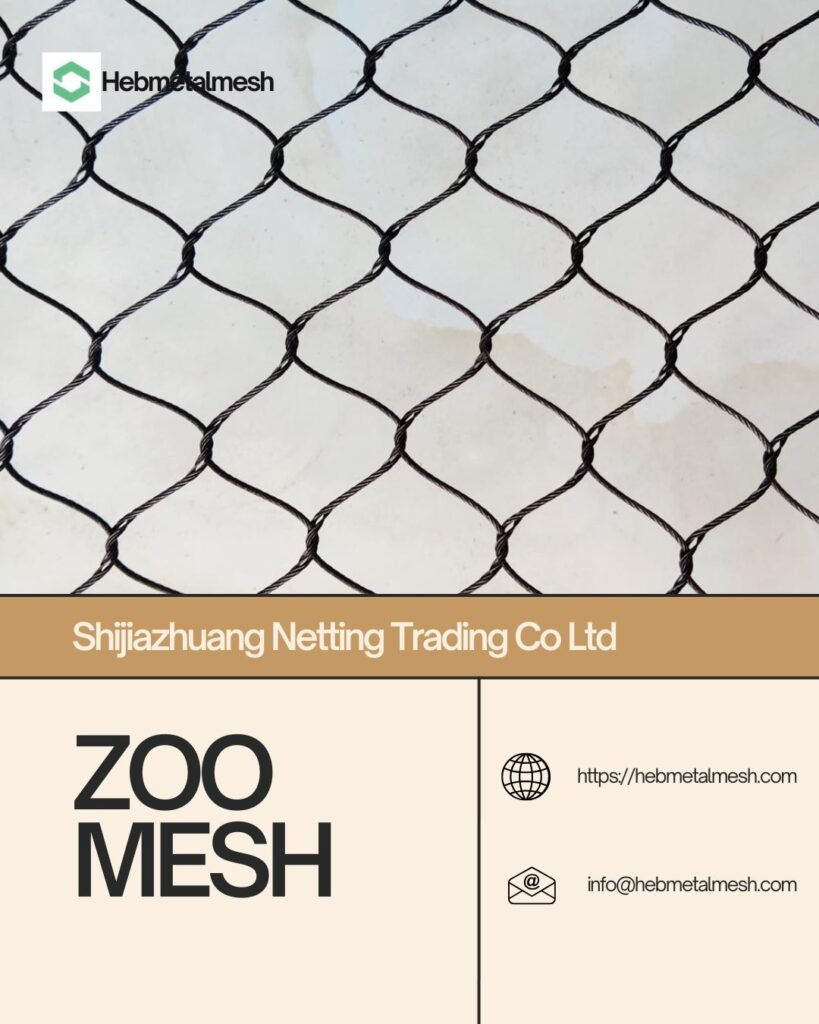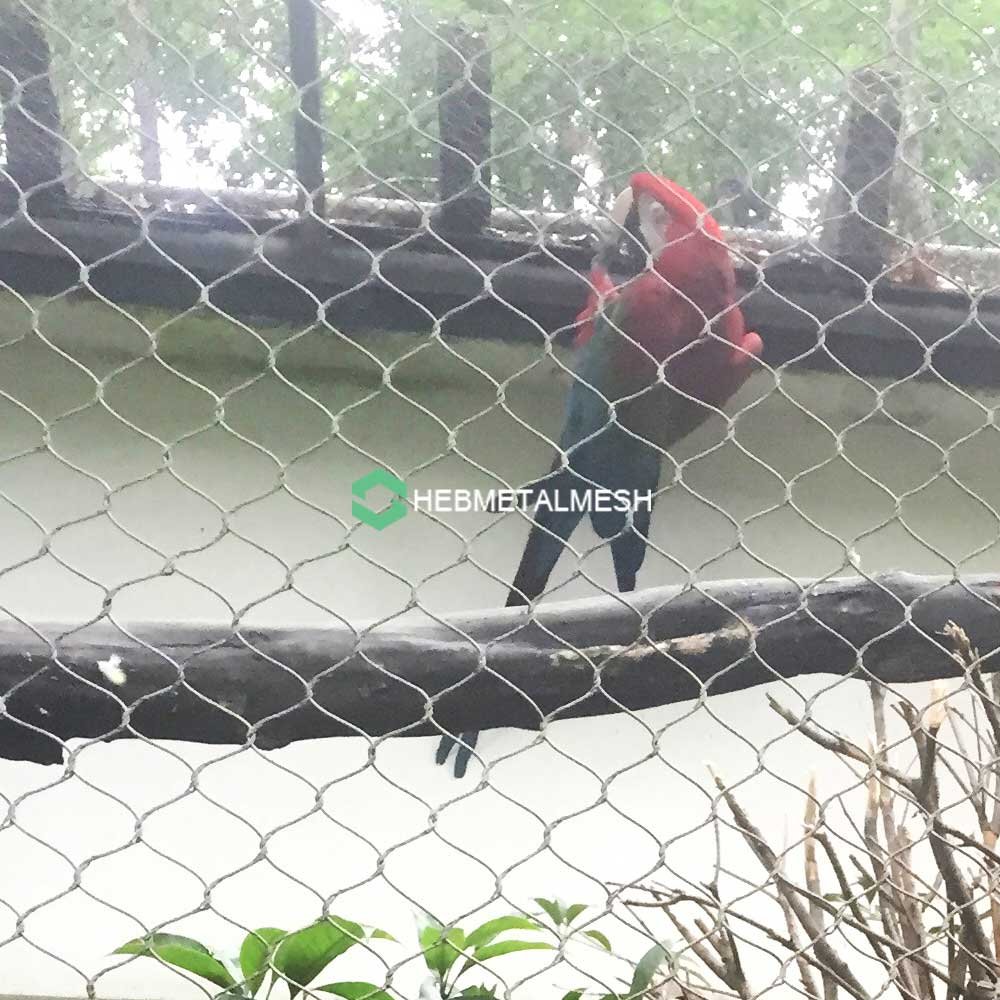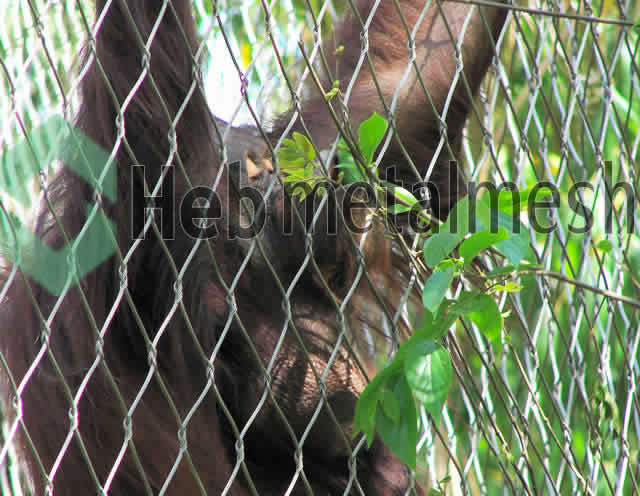Introduction to Pet Enclosures
Pet enclosures serve as designated spaces that provide a safe and secure environment for various types of pets within the home. These enclosures come in various forms, including cages, pens, and modular systems, designed to meet the unique needs of different animals. Their primary purpose is to create a controlled area where pets can play, exercise, and rest, while mitigating risks associated with free roaming in a household environment.
One of the most significant benefits of using pet enclosures is the safety they offer. For indoor pets, enclosures minimize the chance of accidents that could occur from encountering hazardous items, such as electrical cords, toxic plants, or sharp objects. They also keep pets away from potentially dangerous household activities, like cooking or cleaning, which can lead to injuries or stress for both pets and owners alike.
Moreover, pet enclosures are effective tools for managing pet behavior. They can help establish boundaries, preventing pets from accessing areas of the home that may not be pet-friendly. This can be particularly useful during training, providing a consistent location for pets to learn appropriate behaviors. In addition, pet enclosures can serve as a comforting space for pets, giving them a secure retreat when they need to relax or escape overstimulating environments.
Finally, the variety of pet enclosures available in the market caters to different pet species and sizes, ensuring that each animal’s specific needs are met. Whether you have a small rabbit, a kitten, or a playful puppy, you can find an enclosure that is appropriate for their age and activity level. In summary, pet enclosures are an essential element of responsible pet ownership, promoting both safety and well-being for your furry friends in an indoor setting.
Why Choose Wire Rope Mesh Panels?

When considering the construction of DIY pet enclosures, the choice of materials is paramount to ensuring the safety, comfort, and aesthetic appeal of the space designed for your furry friends. One increasingly popular option is wire rope mesh panels, which offer a myriad of advantages over traditional materials. The unique properties of these panels make them an excellent choice for indoor applications.
First and foremost, durability is a key advantage of wire rope mesh panels. Constructed from high-grade materials, these panels are designed to withstand wear due to the natural behaviors of pets. Unlike wooden or plastic enclosures that can easily be scratched or chewed through, wire mesh stands up to even the most vigorous of pets, ensuring a long-lasting sanctuary. This robustness is complemented by the flexibility of the mesh, allowing for various shapes and configurations that can easily adapt to available space in your home. Whether you require an enclosure integrated into a corner or a standalone structure, wire rope mesh can be tailored to your needs.
Another significant advantage of wire rope mesh panels is their aesthetic appeal. These panels boast a contemporary look that integrates seamlessly with modern home decor. Unlike bulky wooden enclosures, wire mesh offers an unobtrusive appearance that maintains visual openness in your living space. This is particularly important for pet owners who wish to balance functionality with style.
Additionally, safety is crucial in any pet enclosure design. The tight-knit structure of wire rope mesh panels makes it nearly impossible for pets to squeeze through or escape, reducing the chances of accidents or injuries. The transparency of the mesh also allows for better airflow and visibility, enabling you to keep an eye on your furry companions while providing them with a secure environment.
In summary, wire rope mesh panels present an excellent choice for DIY pet enclosures due to their durability, flexibility, aesthetic appeal, and safety features. Investing in these materials not only enhances the living space for your pets but also contributes positively to the overall design of your home.
Planning Your DIY Pet Enclosure
When embarking on the journey of creating a DIY pet enclosure using wire rope mesh panels, careful planning is essential to ensure a safe and comfortable environment for your furry companions. The first consideration is selecting an appropriate location for the enclosure. Ideally, this space should be free from significant fluctuations in temperature, direct sunlight, and potential hazards. Indoor areas such as spare rooms or corners of common spaces can provide a suitable environment, allowing your pets to enjoy their new enclosure while remaining close to family activities.
The next step is determining the ideal size for your DIY pet enclosure. Factors such as the number, size, and breed of pets will dictate the dimensions. A general rule of thumb is to provide each pet with sufficient space to move freely and engage in natural behaviors. Whether you are housing small rodents or larger breeds, the design should accommodate their specific needs. Providing vertical space by including shelves or ramps can enhance the enclosure’s usability, offering various levels for climbing or lounging.
After establishing the location and size, it is vital to gather the necessary tools and materials for constructing your pet enclosure. A list of essential items may include wire rope mesh panels, appropriate connectors, hand tools such as cutters and pliers, and safety gear like gloves. Ensuring that all materials are non-toxic and safe for your pets is crucial, especially for those who may chew or interact closely with their surroundings. Additionally, consider decor items such as bedding, toys, and hiding spaces to promote wellbeing and mental stimulation for your pets. By thoughtfully planning your DIY project, you lay the groundwork for a functional and engaging pet enclosure that will enrich the lives of your furry friends.
Materials Needed for Construction
When embarking on the project of building DIY pet enclosures, it is vital to have the right materials on hand to ensure a sturdy and safe environment for your furry friends. The primary component of these enclosures is wire rope mesh panels, which serve as the walls of the enclosure. It is important to select panels that provide adequate durability and security for your pets. Stainless steel or galvanized wire mesh is recommended due to its resistance to corrosion and wear, ensuring longevity in both indoor and outdoor settings.
In addition to the wire mesh, the frame materials play a crucial role in the structural integrity of the enclosure. Opt for strong materials like PVC, wood, or metal to construct the frame that will hold the mesh panels securely in place. Each material has its own set of advantages; for instance, PVC is lightweight and easy to work with, while metal offers superior strength and durability, making it ideal for larger or more active pets.
Next, you will require various hardware items for the assembly of your pet enclosures. This includes screws, brackets, and hinges to attach the mesh panels to the frame. Make sure to choose corrosion-resistant options, especially for outdoor use, to enhance longevity. Additional items may include zip ties or wire clips, which can be used for securing the mesh tightly to the frame, preventing any potential escapes.
Do not forget about tools necessary for the construction process. A measuring tape, saw (if using wood), drill, and screwdriver will be essential for cutting materials to size and assembling your enclosure correctly. Having a level on hand will help ensure that your pet enclosures are stable, preventing any tilting or collapsing, which could pose risks to your pets.
In summary, gathering quality materials is key to creating effective pet enclosures that offer safety and comfort for your pets.
Step-by-Step Instructions for Building the Enclosure
Creating a DIY pet enclosure using wire rope mesh panels is an effective way to provide a safe and comfortable space for your furry friends. Follow these step-by-step instructions to ensure a successful build.
First, gather your materials. You will need wire rope mesh panels, sturdy wooden or metal posts, screws or bolts for assembly, corner brackets for stability, a measuring tape, and a saw if necessary. Securing the right materials is crucial for the durability of your pet enclosure.
Next, determine the size and shape of your enclosure based on your pet’s needs and available space. Once you have your dimensions, cut the posts to the desired height. Ensure that the posts are tall enough to prevent your pets from jumping out, while also being sturdy enough to withstand their movements.
After preparing the posts, mark the position where each post will be installed. Use a measuring tape to maintain equal distances between each post. Dig holes for your posts, ensuring they are deep enough to provide stability. A depth of at least 2 feet is recommended, depending on the size of the enclosure.
Once the holes are ready, insert the posts and fill the holes with concrete or packed soil to secure them firmly in place. Allow the material to set if using concrete, ensuring it is strong enough to support your enclosure.
The next step involves attaching the wire rope mesh panels to the frame you’ve created. Use screws or bolts to secure the mesh tightly to each post, ensuring there are no gaps or loose areas where your pets could escape. Be attentive to the sharp edges of the mesh; consider using protective caps or tape where necessary to ensure your pets remain safe.
Finally, after all panels are securely in place, inspect the entire enclosure to check for any weaknesses or potential hazards. Make additional adjustments as needed to ensure your pet enclosure is both secure and comfortable for your furry companions.
Safety Considerations for Indoor Pet Enclosures
When designing pet enclosures, prioritizing safety is paramount to ensure a secure environment for your furry friends. Indoor enclosures can vary in size and complexity, but certain fundamental safety considerations apply universally. First and foremost, adequate ventilation is crucial. Without proper airflow, harmful odors and moisture can accumulate, leading to potential health issues for pets. Incorporating ventilation panels or mesh sections within your pet enclosure design allows for air circulation while maintaining security.
It is also vital to inspect the materials used in the construction of your pet enclosures. Opt for non-toxic materials to prevent harmful chemical exposure. Furthermore, ensure there are no sharp edges or protruding components in the enclosure that could cause injuries. Wire rope mesh panels can provide a sturdy structure, but they should be carefully installed to eliminate the risk of pets getting caught or hurt. Regular maintenance checks are essential; routinely examining the enclosure for wear and tear will help address any emerging safety concerns promptly.
Beyond physical safety, the mental well-being of your pets is equally important. Enclosed spaces can potentially lead to boredom, which may manifest in negative behaviors. To mitigate this, creating a stimulating environment inside the pet enclosures is advisable. Incorporate toys, climbing structures, or hiding spots to encourage natural behaviors and keep pets engaged. Additionally, consider the size of the enclosure—ensure it is spacious enough for your pets to move comfortably, play, and rest.
In summary, building safe and effective pet enclosures requires careful attention to both physical and psychological factors. By ensuring proper ventilation, utilizing suitable materials, encouraging enrichment, and regularly monitoring the enclosure’s condition, pet owners can create a secure and enjoyable space for their furry companions.
Interior Design Ideas for Your Pet Enclosure
Creating a pet enclosure that is both functional and aesthetically pleasing can greatly enhance the living experience for your furry friends. When designing such spaces, it is essential to consider various elements that contribute to both the comfort and stimulation of pets. One of the foundational aspects to think about is the type of bedding used. Soft, washable materials such as fleece or cotton provide a cozy spot for pets to rest while ensuring that the enclosure remains hygienic. Orthopedic foam beds are also a great option for older pets that may require extra support.
In addition to bedding, incorporating various toys within the pet enclosures can keep your companions engaged and entertained. Interactive toys, such as puzzle feeders or treat dispensers, can promote mental stimulation while providing a delightful challenge. Chew toys made from safe fabrics are not only enjoyable for pets but can also assist in dental health by preventing tartar buildup.
Climbing structures can significantly transform the space by offering pets physical outlets to express their natural behaviors. For cats and small dogs, multi-tiered shelving or hammocks can be installed, allowing them to climb and explore the enclosure from different vantage points. For larger breeds, consider incorporating ramps or platforms that encourage movement without the risk of injury.
The use of decorative elements can also enhance the visual appeal of a pet enclosure. Natural plants, such as non-toxic greens or hanging plant arrangements, can add a lively atmosphere; however, ensure that any greenery is safe for pets. Incorporating artistic divider panels or themed decorations can create a unique environment tailored to your pet’s personality.
Ultimately, the goal when designing pet enclosures is to strike a balance between functionality and an inviting aesthetic that caters to the needs of your pets while ensuring their safety and comfort.
Maintenance Tips for Long-lasting Enclosures
To ensure your pet enclosures remain safe, functional, and visually appealing, regular maintenance is crucial. One of the first steps in maintaining your wire rope mesh panels is to establish a consistent cleaning routine. Depending on your pets and their activities, cleaning the enclosure at least once every few weeks is recommended. Use a gentle soap solution and a soft brush or cloth to remove dirt, debris, or any build-up that may occur over time. Avoid harsh chemicals that could harm your pets or damage the wire mesh.
In addition to cleaning, inspecting the enclosure for wear and tear is equally important. Regular inspections should focus on identifying any fraying wires, rust spots, or other signs of damage that may compromise the integrity of the enclosure. Check all connections and joints of the wire rope mesh panels to ensure they are secure. If you notice any issues, address them promptly—repairing or replacing damaged sections will help maintain the enclosure’s overall safety and functionality.
It is also advisable to keep the pet enclosure environment safe by monitoring for any changes in weather or conditions that could affect its longevity. For instance, if your enclosure is outdoors, consider using weather-resistant treatments on the wire mesh to prevent corrosion, particularly in humid or rainy climates. If the enclosure is indoors, keep an eye on the area for excessive moisture or humidity, which could lead to mold or other problems.
Lastly, provide your pets with appropriate toys and furnishings that do not have sharp edges or small parts that can snag on the wire rope mesh panels. This not only enhances their enjoyment but also protects the enclosure from unnecessary wear. By following these maintenance tips, you can ensure that your DIY pet enclosures continue to serve their purpose effectively, keeping your furry friends safe and happy for years to come.
Conclusion and Next Steps
In summarizing the various aspects of creating DIY pet enclosures using wire rope mesh panels, it becomes evident that this project not only ensures the safety of your furry companions but also provides them with a space to thrive in comfort. Throughout the article, we introduced the benefits of wire rope mesh panels, which include durability, versatility, and ease of installation. Moreover, we discussed how these enclosures can be tailored to fit both indoor and outdoor environments, accommodating a range of pets, from small rodents to larger breeds of dogs.
As you consider embarking on your DIY project, it is important to plan meticulously. Highlighting the need for precise measurements and thoughtful design, we recommend sketching the layout of your enclosure before commencing. This layout will help you visualize the final structure and ensure that it meets your pet’s needs as well as your home’s aesthetic. Additionally, it is essential to choose quality materials to ensure the longevity and safety of the enclosure.
For those looking to enhance their experience, there are numerous resources available online that provide detailed tutorials and guides. Websites, forums, and social media groups dedicated to pet ownership can offer inspiration and troubleshooting advice. Engaging with a community of fellow pet owners embarking on similar projects can be particularly beneficial. Consider reaching out to these resources for tips on customization and maintenance to enhance your pet enclosures further.
With the right preparation and resources in hand, you are well-equipped to create a safe and enjoyable environment for your pets. We encourage you to move forward with confidence, taking the first steps towards building an enclosure that will benefit both you and your furry friends for years to come.


